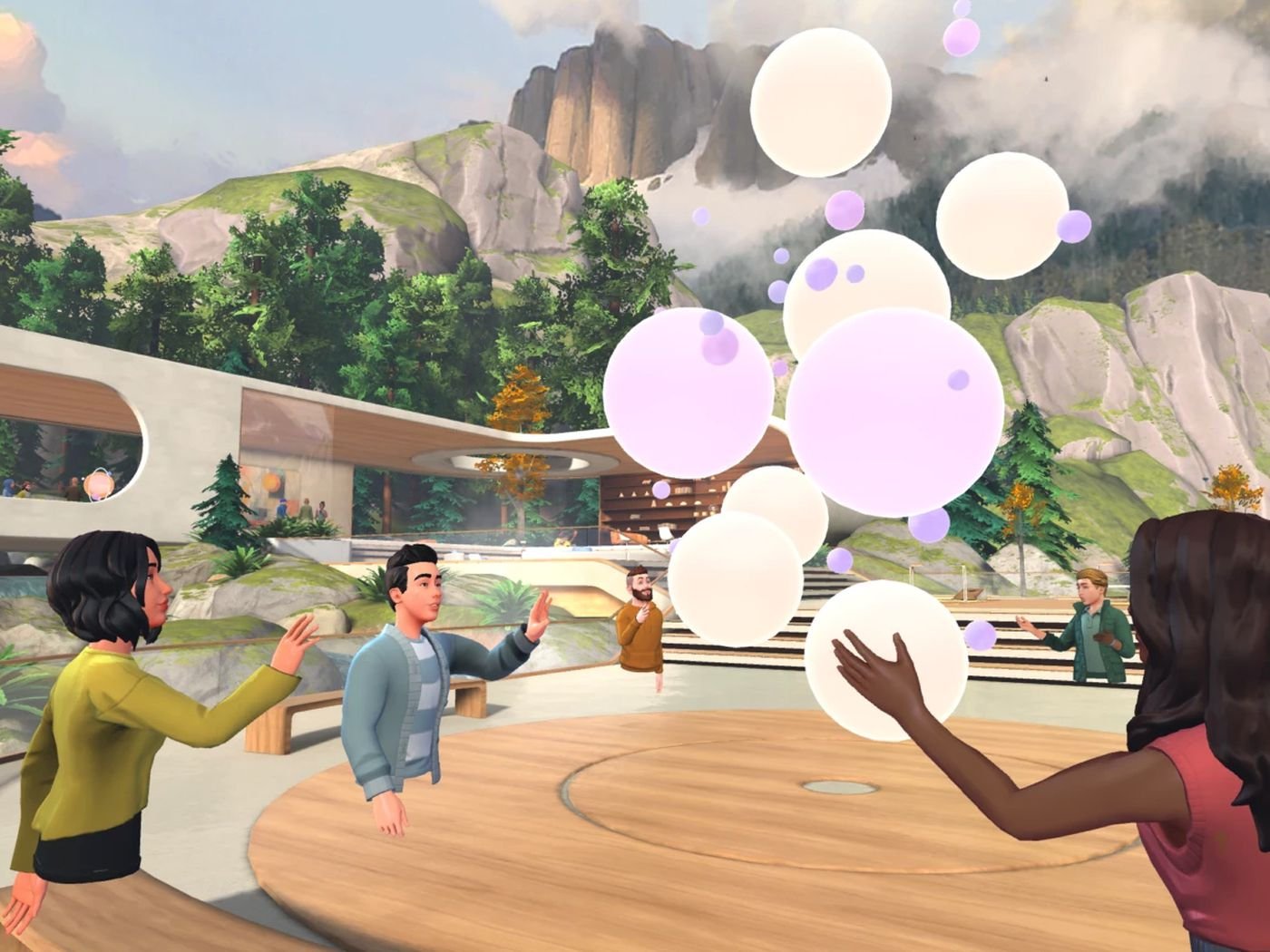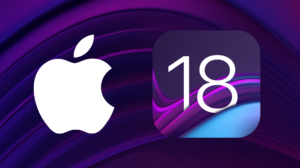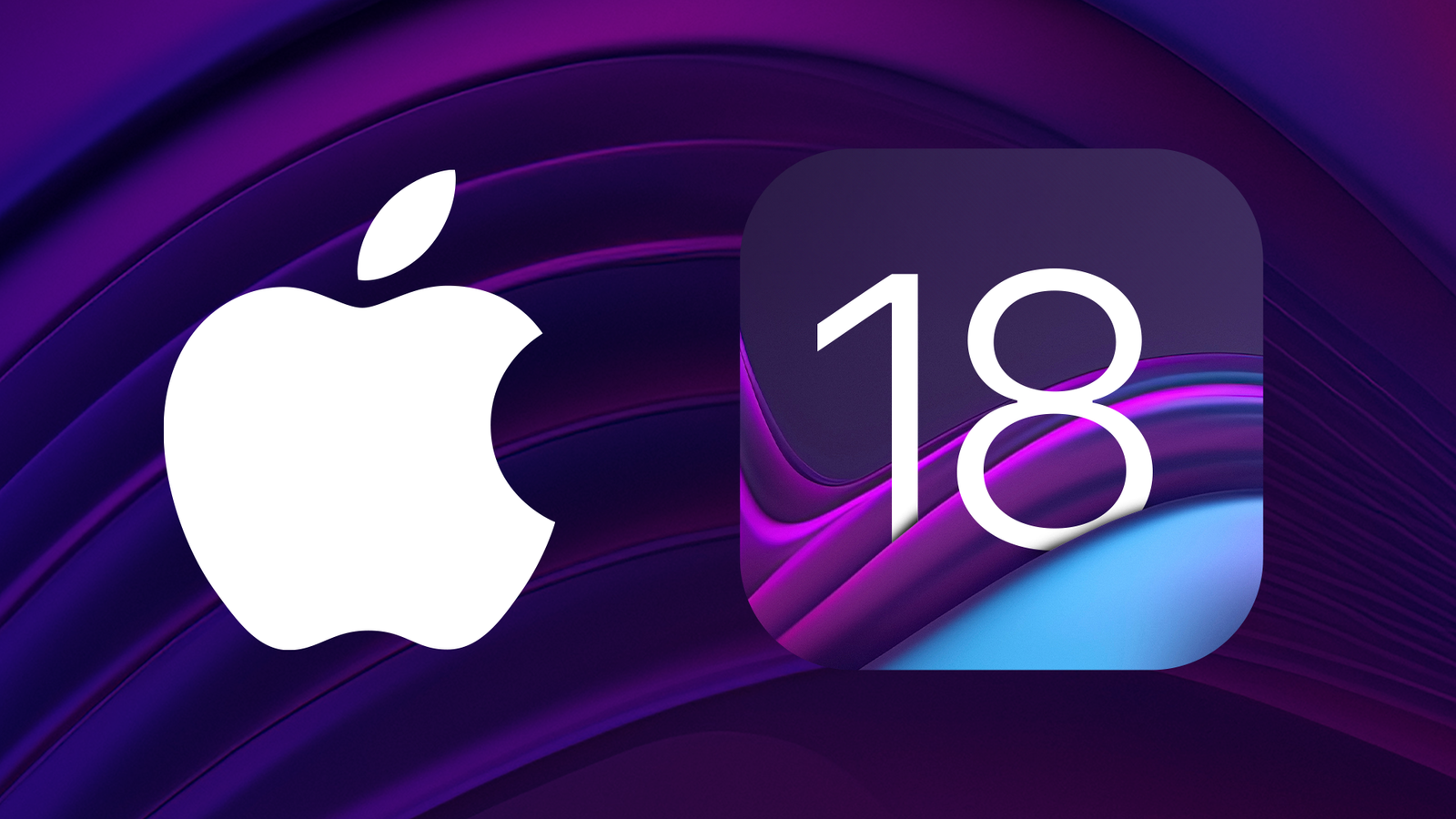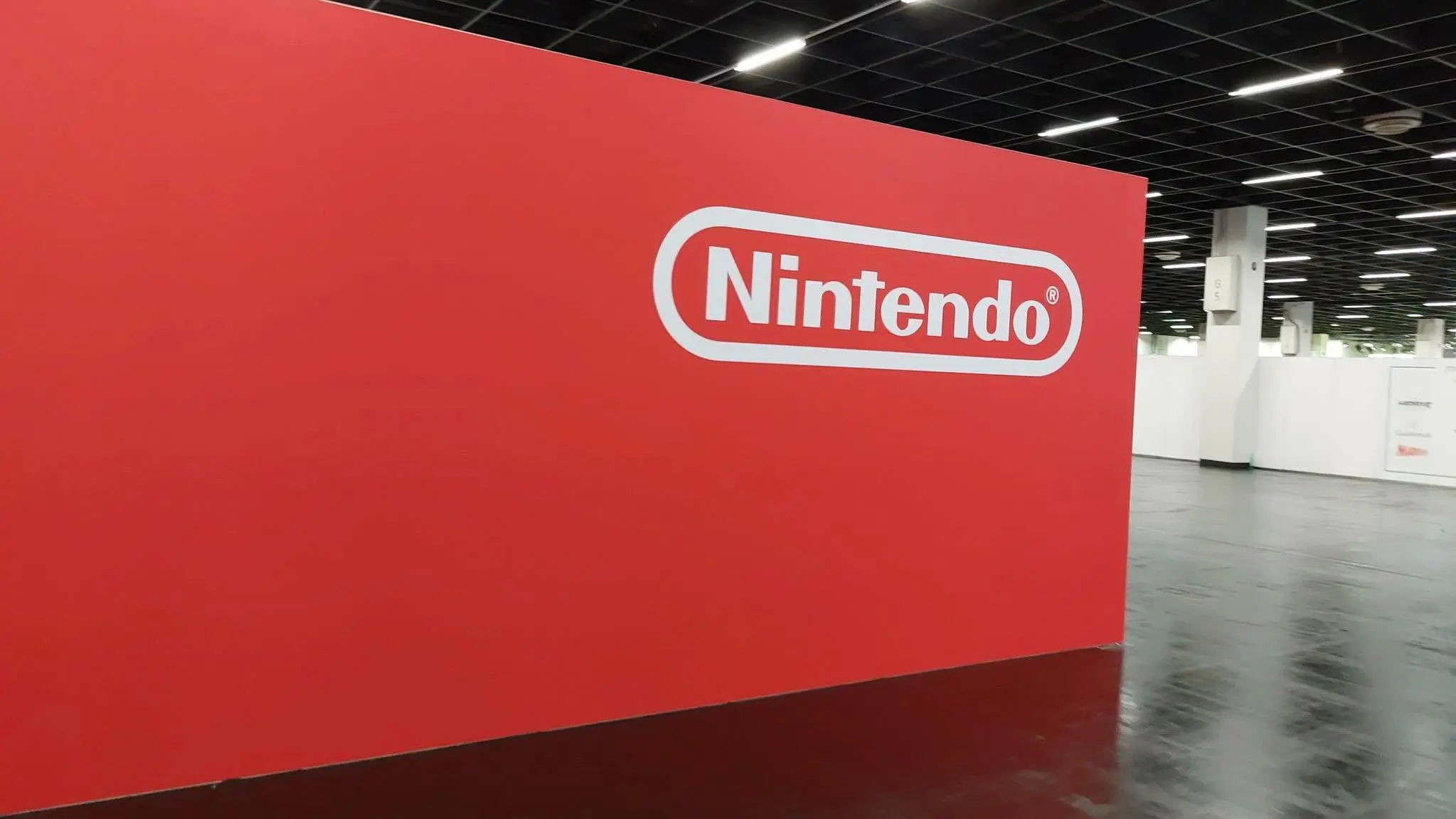Microsoft Teams has taken a significant leap into the future of workplace collaboration by integrating 3D and VR meeting capabilities. This transformative move, utilizing Microsoft’s mixed reality platform Mesh, offers a new dimension in virtual meetings, blending the physical and digital realms for a more immersive experience.
Key Highlights:
- Integration of Microsoft Mesh: Mesh brings immersive 3D meetings to Teams, allowing for a mix of virtual and real-world interactions.
- VR Headset Compatibility: The system is optimized for Meta’s Quest VR devices, though accessible via PCs.
- Customizable 3D Environments: Users can tailor their meeting spaces with company branding or interactive elements.
- Spatial Audio Feature: Enhances the virtual meeting experience by mimicking real-life private conversations.
- Multiple Applications: Ideal for various meeting types – from town halls to brainstorming sessions and onboarding.

The Dawn of 3D Meetings in the Workplace
A New Era of Collaboration
With this update, Microsoft Teams users can don a VR headset or use their PCs to engage in three-dimensional environments, revolutionizing traditional video calls. This shift not only enriches the meeting experience but also opens up new avenues for employee engagement and retention.
Accessibility Across Platforms
Mesh for Teams is not limited to VR headset users; it’s accessible via regular PCs, with avatars representing each participant. This inclusive approach ensures that everyone can partake in these next-gen meetings, regardless of their hardware.
The Metaverse at Work
Building Immersive Work Spaces
Businesses can now customize their virtual meeting spaces, adding unique elements like company logos or specific themes, using a no-code editor or a more advanced Unity-based toolkit. This flexibility allows for personalized and brand-consistent meeting environments.
Applications and Adoption
While initially aimed at internal meetings, social gatherings, and employee onboarding, the potential use cases for Mesh in Teams are vast. However, its adoption rate in the business world remains to be seen, especially considering the resurgence of business travel and in-person meetings.
User Experience and Engagement
Enhanced Interaction and Presence
Mesh in Teams offers features like spatial audio, adding to the realism of virtual interactions. This technology can foster a sense of co-presence and deepen the connection among remote team members.
Avatars and Personalization
Users can create personalized avatars for their meetings, offering an alternative to traditional video calls. This feature caters to various scenarios, including days when participants might prefer not to be on camera.
The Future of Virtual Meetings in Business
Potential for Widespread Adoption
The success and adoption of Microsoft Teams’ 3D and VR capabilities in the business sector are yet to be fully realized. The technology’s uptake will depend on various factors, including the normalization of remote work and the evolving needs of businesses in a post-pandemic world.
Enhancing Remote Work and Employee Engagement
This technological advancement has the potential to significantly enhance remote work experiences and employee engagement. By making virtual meetings more interactive and engaging, Teams can help bridge the gap between remote and in-office work environments.
Microsoft Teams’ integration of 3D and VR capabilities marks a significant step towards the future of workplace collaboration. By blending the physical and digital realms, Teams offers a more immersive and interactive meeting experience. This innovation could be a game-changer in how businesses conduct remote and hybrid meetings, though its long-term impact on workplace collaboration remains to be observed.


















